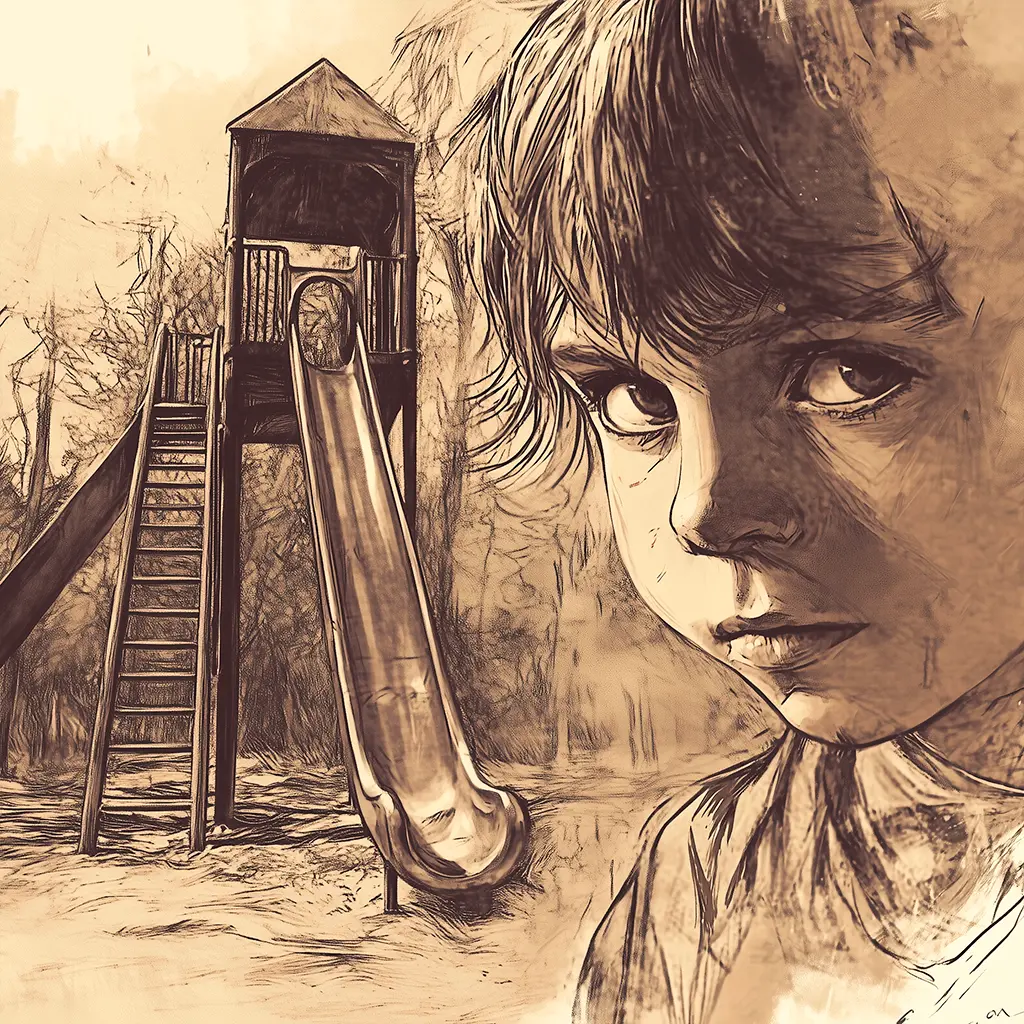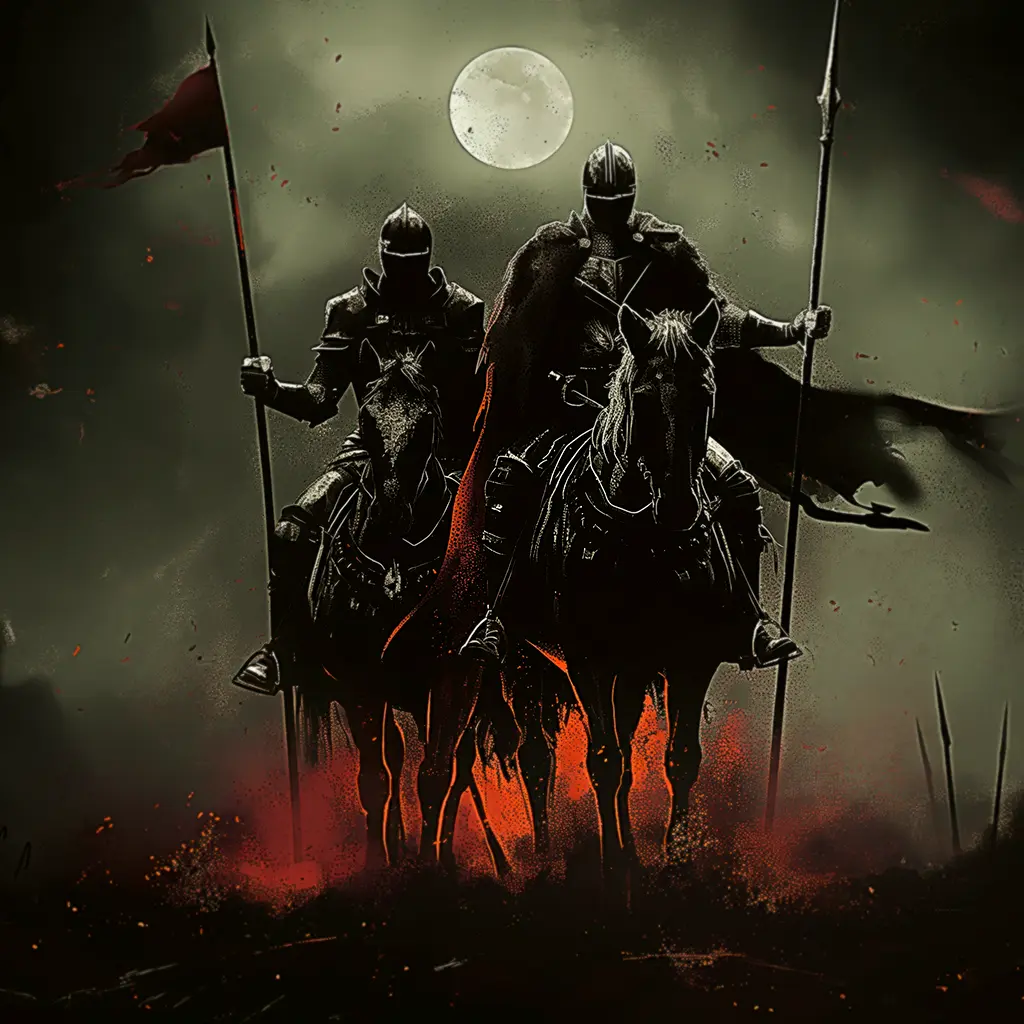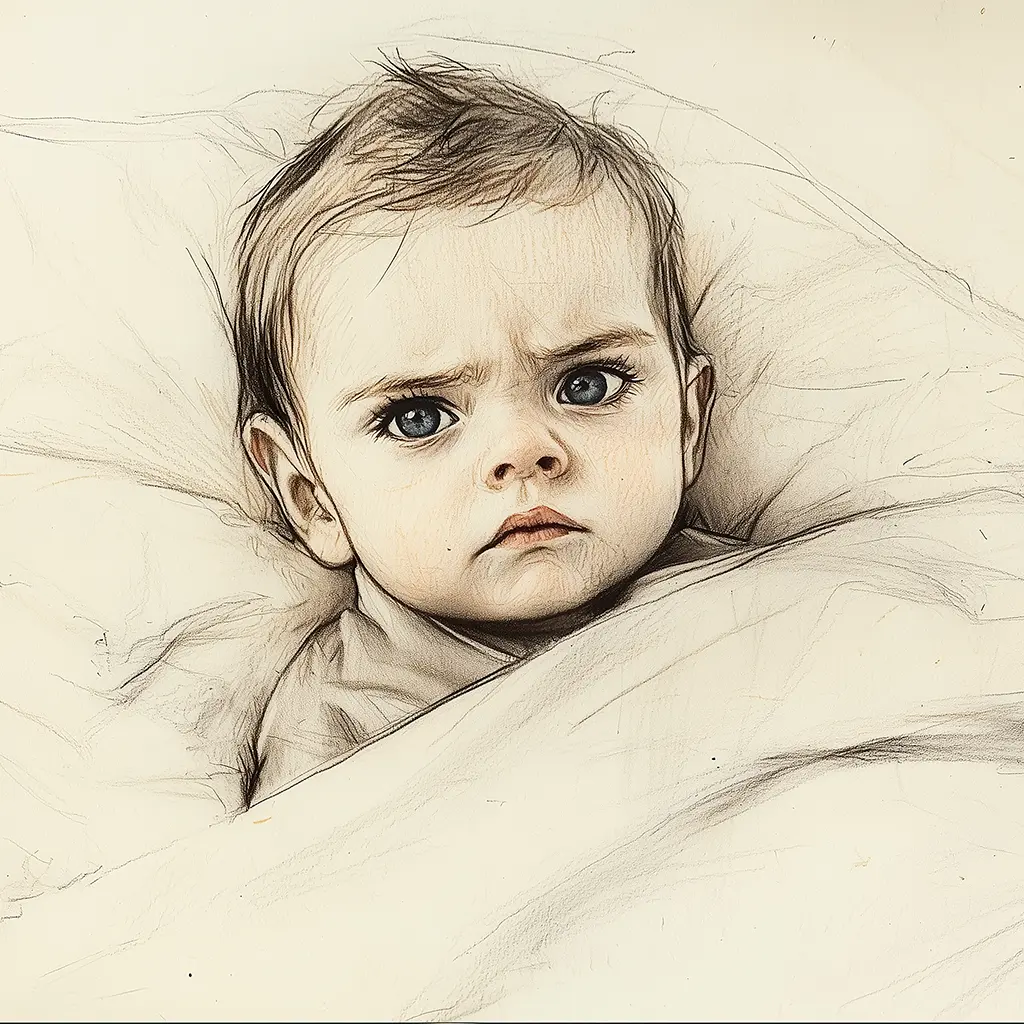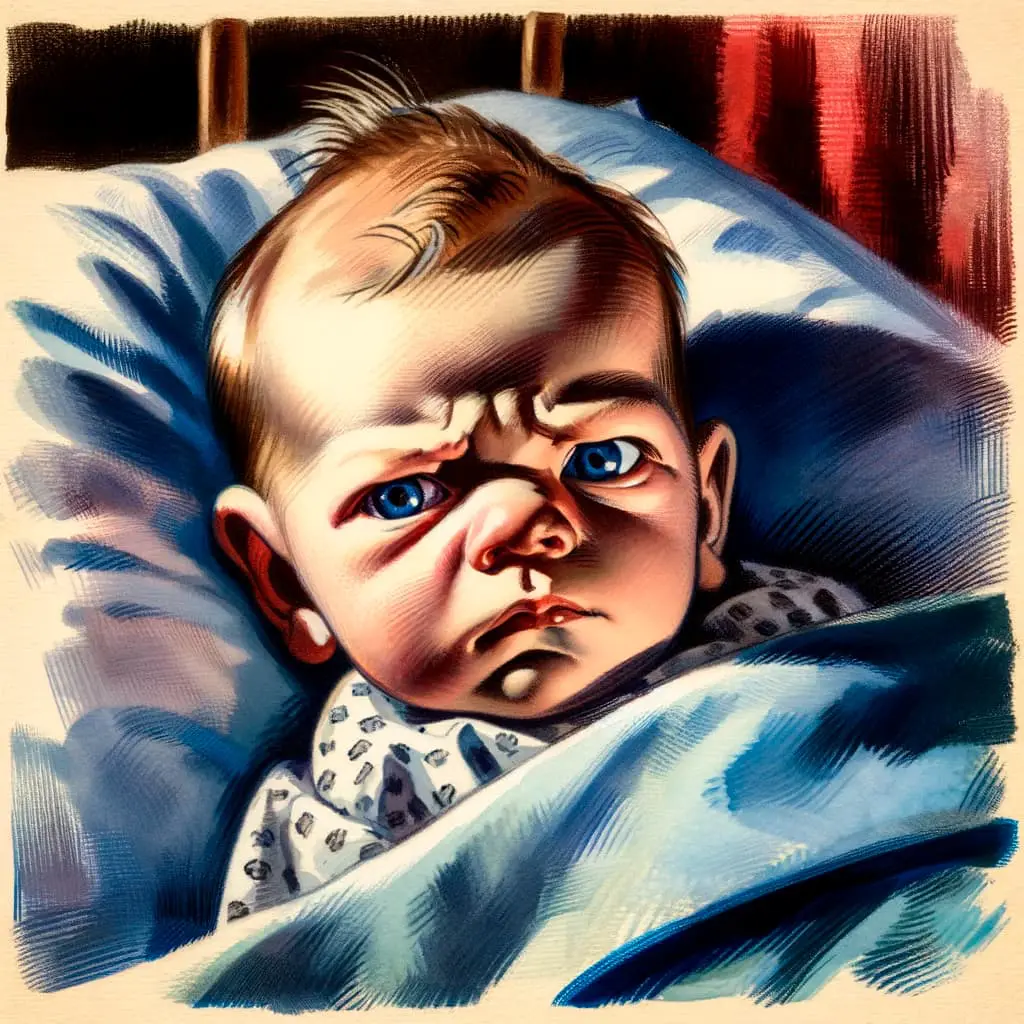Ray Bradbury: The Playground. Summary and analysis
The Playground is a short story by Ray Bradbury, published in 1952 in the collection The Illustrated Man. The story follows Charles Underhill, a widowed man who, after the death of his wife, becomes obsessed with protecting his son Jim from the dangers of childhood. When his sister Carol decides to take the boy to a playground, Underhill visits him and is horrified by the brutality with which the children play. As his anxiety grows, he faces a disturbing decision that will lead him to question how far he is willing to go to save his son.





